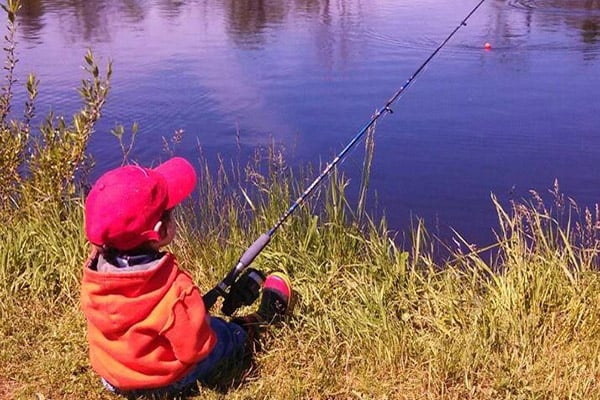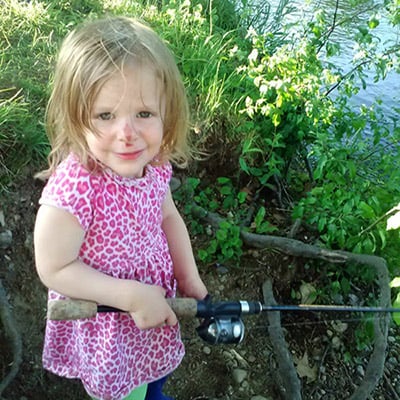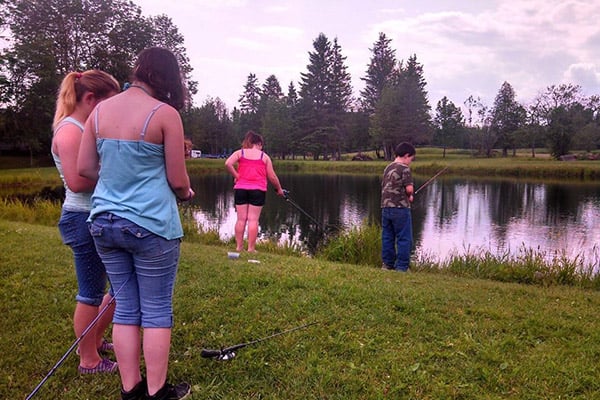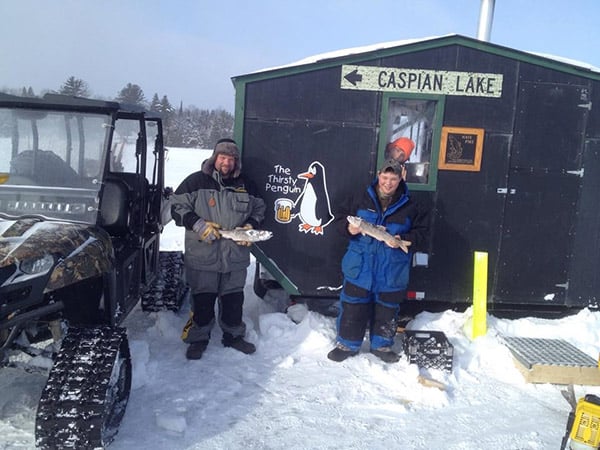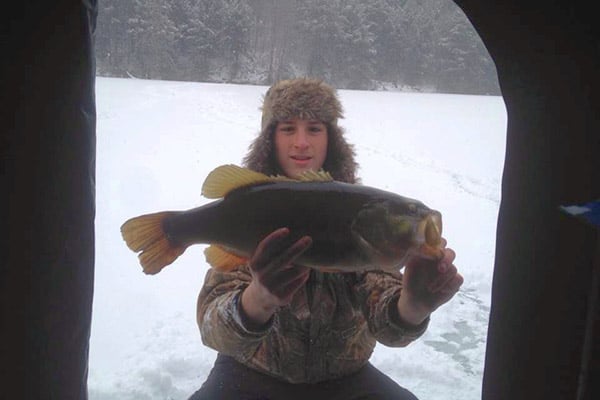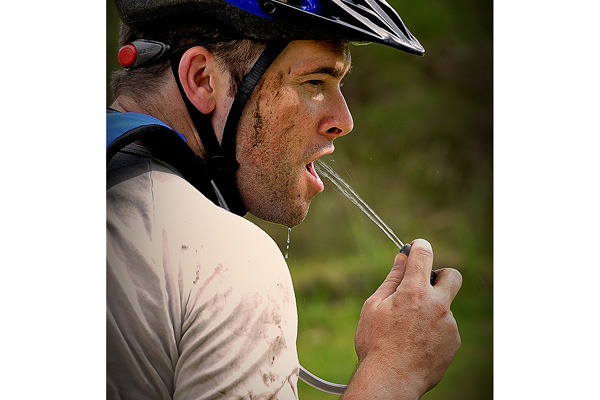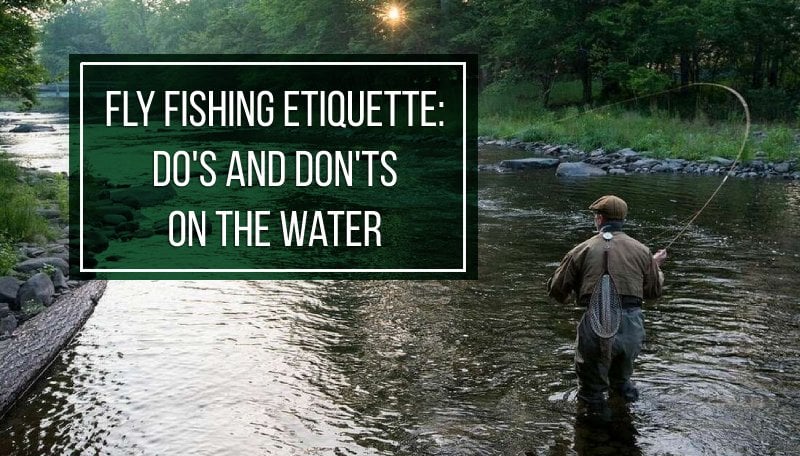Last Updated on
Kids and fishing. Be it from a boat, on shore, off a dock or on the ice, teaching kids to fish is an investment in their outdoors lifestyle. Getting started is simple, even if you’ve never been fishing. These tips will help you create a good experience for the kids and yourself.
Never been fishing? That’s okay; there might be options. Hooked On Fishing – Not On Drugs (HOFNOD) is a free program created to teach kids and accompanying adults the basics of fishing. Parents, grandparents, aunts and uncles, siblings who are 18 or older, neighbors and anyone else involved in the child’s life is welcome to participate. The idea behind one adult per child is to encourage adults to continue taking the kids fishing.
HOFNOD events provide the equipment, instruction, fishing time, and a lesson in community service. A service project could be as simple as picking up litter in the area you’re fishing. It teaches fishing skills and good stewardship. As a HOFNOD instructor, I’m able to allow adults to help their kids without requiring a fishing license.
You can look to your state’s fisheries and wildlife department for free fishing events and weekends. They’re usually offered twice a year in areas with cold winters so that you can try open water and ice fishing.
Start out with small expectations. Choose a fishing pole that’s the right size for the child. A pole that’s too short or long will be frustrating. Next, have a short lesson in terminology. A fishing pole is one part of the equipment, and the reel is a separate piece. There’s a button on the reel that has to be pushed or a bail that needs to be opened. Explain “set the hook,” “reel it in,” and “keep the tip up/down.” Expect to patiently repeat these terms several times.
Learn to cast on land. My father set me up with a Snoopy pole, a rubber plug, and a Hula hoop. I cast in the direction of the hoop, sometimes snagging a tree behind me or bonking the dog on the head. Once they get the hang of landing the “bait” in the target, back them up or make the target smaller. Backyard Bass are plastic fish that can be cast past and caught while reeling in. They come in bright colors and are a lot of fun to use. Everyone is safer when kids can cast before they have a hook.
Keep your attention on the kids rather than casting your own line. There will be tangles, bug bites, and plenty of distractions for young kids. A little encouragement goes a long way.
Start from shore in an area without trees and bushes. This allows kids the space needed to cast without getting tangled, and an alternative if they get bored. And, don’t plan to be out for hours. It’s okay to fish for ten minutes and explore for 20 minutes. If you leave the amount time you spend fishing up to the kid, as much as reasonable of course, they’ll get their fill for the day.
Start with a bobber. A little weight on the line makes casting easier. If necessary, add an extra sinker or two. As long as the bobber is partially above water, it’s doing its job. Bobbers give kids something to focus on.
Fish in an area you know, and that you know to have many fish. Kids care more about catching more fish than big fish. Sunfish are great for kids. They’re easy to catch, easy to take off the hook, and small enough to not be intimidating. A big, flopping fish can frighten kids, and they might be too hard to reel in.
Does your state’s fisheries department stock kids-only ponds and streams? This is a great place to start.
To touch or not to touch? Leave it up to the kids. Some kids want to touch their fish but others want that wiggly thing to go away. Allow enough time for the kids to look the fish over and satisfy some of their curiosity without keeping the fish out of water too long. Expect poking, giggling and maybe a screech or two.
Are you ready to get off shore and fish from the boat? Again, gauge the trip on the child’s interests and abilities. Avoid a crowded boat. Steve and I took our Victoria, Olive and Alexander, our nieces and nephew, fishing in the boat all at once. It was chaos. They got themselves tangled. We had two kids tangled together, one with a fish on the line, and the untangled kid with a fish on the line. It was fun but also frustrating. Two kids on opposite ends of the boat casting hooks are plenty.
Bring snacks and drinks, and don’t forget hats and sunscreen. And toilet paper. You might have to go to shore for a bathroom break. When our daughters were small and easily bored we filled the live well and gave them squirt guns. They could fill the guns without leaning over the edge. While we cast for bass they shot at lilies, dragonflies and occasionally us. Bubbles are a lot of fun, especially in a boat because the slightest breeze will take them far across the water if the weather isn’t too humid. Distractions are good, and the kids will probably pick up their rod and reel and want to fish again after a break.
Erin Merrill taught her not yet two-year-old son to reel while we fished. The clicking and movement kept his attention off being cooped up in a boat. He didn’t want fish in the boat so they were stored out of his sight. You can begin teaching toddlers to fish at a pace that keeps them comfortable without them actually fishing.
If you want to start building enthusiasm and excitement before a fishing trip, start with bait. I spent many hours catching night crawlers with my father. I watered the lawn early in the evening. After dark, we took a coffee can with some dirt and our flashlights out to look for worms. You don’t need huge worms, just big enough to cover the hook. Kids can turn over rocks and logs for worms and catch crickets and grasshoppers during the day.
Ice fishing is another great way to introduce kids to fishing. They can keep an eye on their traps while playing. An ice shack or some sort of shelter to get them out of the wind is helpful. Watch out for wet hands caused by pulling a line up and from touching fish. HOFNOD and state agencies probably include ice fishing in their programs.
This portion of fishing is based on your child’s abilities and your comfort level in letting them try something that might get them hurt. If your child expresses interest in taking the fish off the hook, you might consider it. Teach them first how to hold the fish so that they and the fish aren’t hurt. Show them the hook and explain how sharp it is. I use barbless hooks in the beginning. Yes, sometimes kids get hooked but the hook doesn’t usually go far because kids are leery and quick to pull their hand away. It sometimes hurts, and there might be blood and blood-curdling screams. You can explain this ahead of time but nobody really knows what it’s like to have a hook in his or her finger until there’s a hook in the finger. Barbless hooks are easier on fish, kids, and adults.
Relax and have fun with the kids, and be ready to be woken up early in the morning by a kid with a pole in his or her hand.
